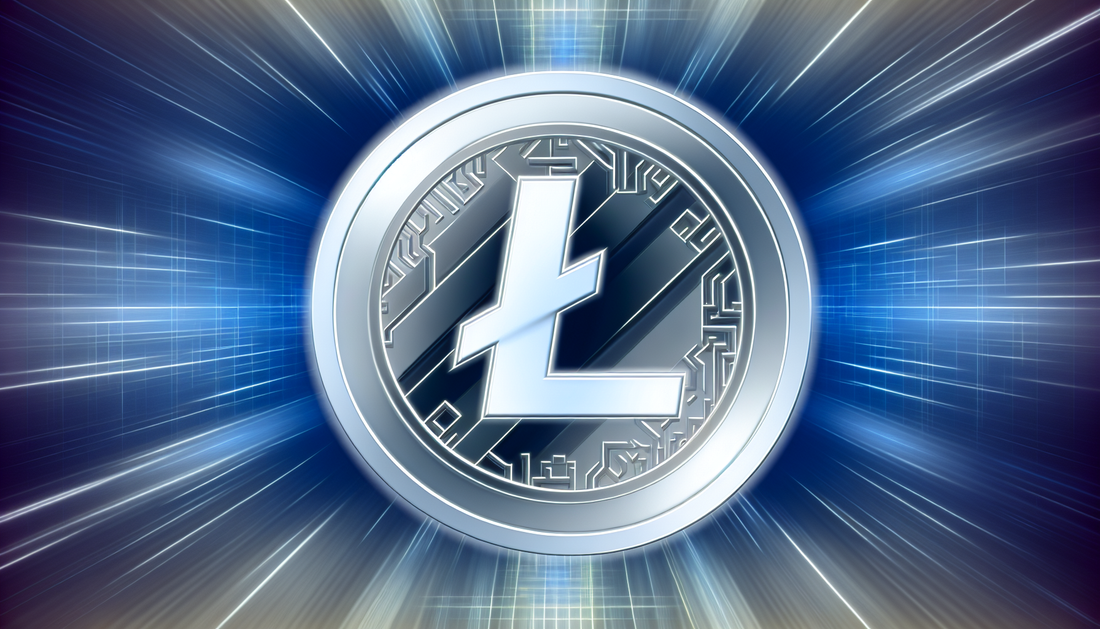
Decentralized Governance: The Litecoin Approach
Share
Understanding Governance in Litecoin (LTC)
Litecoin (LTC), much like its older sibling Bitcoin, is a decentralized cryptocurrency that operates without any central authority. This decentralized nature extends to its governance, which is a key factor in maintaining its network integrity and long-term sustainability. However, Litecoin’s governance approach is uniquely minimalistic and relies heavily on developer contributions, miners, and the wider community to ensure the protocol’s functionality and growth.
The Basics of Litecoin’s Governance
Unlike some newer blockchain networks that have adopted formalized governance structures—often utilizing Decentralized Autonomous Organizations (DAOs)—Litecoin relies on a comparatively informal governance process. This process primarily revolves around the coordination of Litecoin’s core development team and their interactions with miners and node operators. Decisions are not made by a binding vote but rather through consensus among participants in the ecosystem. Such a governance structure is reflective of Litecoin’s ethos, which prioritizes simplicity and decentralization.
The Role of Developers
Litecoin’s development is spearheaded by its core team, a volunteer group responsible for maintaining and updating the protocol. These developers often draw inspiration from Bitcoin, implementing similar upgrades and innovations when deemed appropriate for Litecoin’s objectives. Examples include implementing the Segregated Witness (SegWit) upgrade and the Lightning Network for enhanced scalability and transaction speed.
Proposals for updates are typically made through Litecoin Improvement Proposals (LIPs), similar in concept to Bitcoin Improvement Proposals (BIPs). Any developer can submit an LIP, but its adoption ultimately depends on community feedback and miner support.
Miners and Node Operators
Miners and node operators play a critical role in Litecoin’s governance. They are tasked with validating transactions, securing the network, and implementing protocol updates. In practice, miners demonstrate their agreement with proposed upgrades and changes by signaling their support, such as during the adoption of SegWit. If a majority of miners signal their approval, the community moves forward with these updates.
Community Involvement
Another important aspect of Litecoin’s governance is its community. Litecoin enthusiasts and investors form the backbone of the ecosystem, voicing their opinions on social media platforms, forums, and other public channels. While these opinions are not legally binding, they are influential, as vocal community support or disagreement can sway developers and miners during decision-making.
A Minimalist Approach
While some might critique Litecoin’s lack of formalized governance mechanisms as outdated, its supporters argue that this minimalist approach aligns with the cryptocurrency’s foundational principles of decentralization. By avoiding heavy reliance on governance structures like DAOs, Litecoin remains free of centralized decision-making processes that could introduce outside interference.
